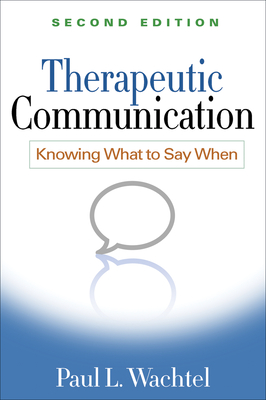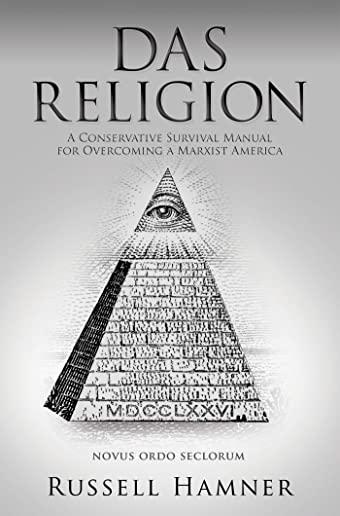
Wachtel, Paul L.
product information
description
idely adopted text, this book shows precisely what therapists can say at key moments to enhance the process of healing and change. Paul Wachtel explains why some communications in therapy are particularly effective, while others that address essentially the same content may actually be countertherapeutic. He offers clear and specific guidelines for how to ask questions and make comments in ways that facilitate collaborative exploration and promote change. Illustrated with vivid case examples, the book is grounded in an integrative theory that draws from features of psychodynamic, cognitive-behavioral, systemic, and experiential approaches. New to This Edition
* Reflects nearly 20 years of advances in the field and refinements of the author's approach.
*Broader audience: in addition to psychodynamic therapists, cognitive-behavioral therapists and others will find specific, user-friendly recommendations.
*Chapter on key developments and convergences across different psychotherapeutic approaches.
*Chapter on the therapeutic implications of attachment theory and research. See also Making Room for the Disavowed, which further develops Wachtel's integrative therapeutic approach, as well as Mastering the Clinical Conversation, by Matthieu Villatte, Jennifer L. Villatte, and Steven C. Hayes, which provides another vital perspective on language in psychotherapy.
* Reflects nearly 20 years of advances in the field and refinements of the author's approach.
*Broader audience: in addition to psychodynamic therapists, cognitive-behavioral therapists and others will find specific, user-friendly recommendations.
*Chapter on key developments and convergences across different psychotherapeutic approaches.
*Chapter on the therapeutic implications of attachment theory and research. See also Making Room for the Disavowed, which further develops Wachtel's integrative therapeutic approach, as well as Mastering the Clinical Conversation, by Matthieu Villatte, Jennifer L. Villatte, and Steven C. Hayes, which provides another vital perspective on language in psychotherapy.
member goods
No member items were found under this heading.
listens & views

STRING QUARTET NO.2 / SEVEN ...
by LESHNOFF / CARPE DIEM STRING QUARTET / MIAHKY
COMPACT DISC$18.49
Return Policy
All sales are final
Shipping
No special shipping considerations available.
Shipping fees determined at checkout.






